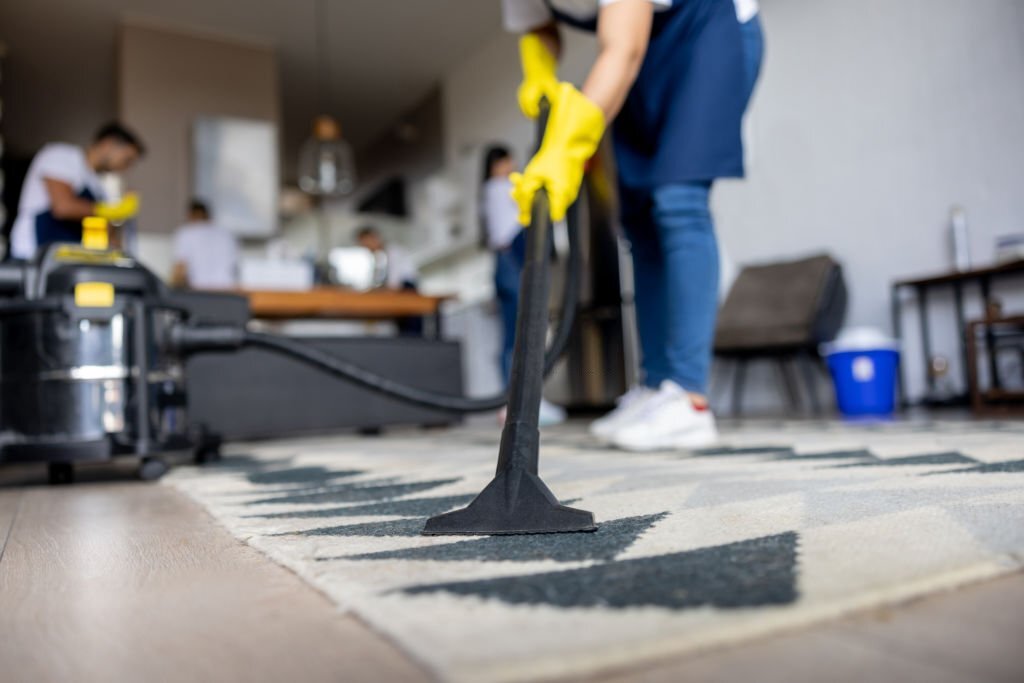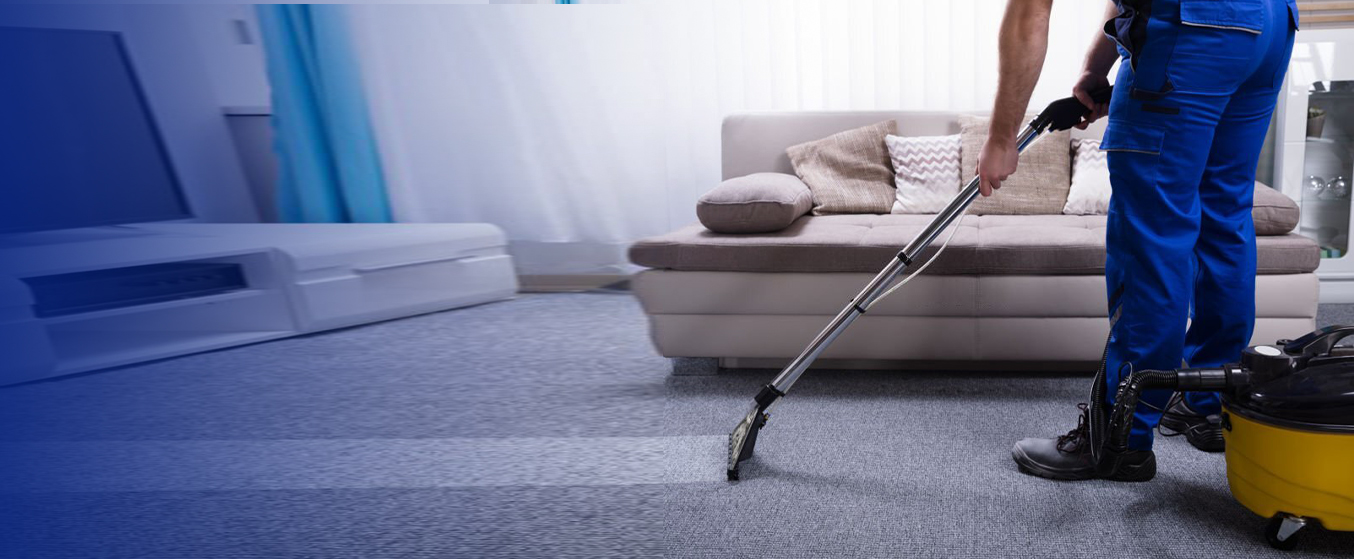
Upholstery Cleaning for Specific Furniture Pieces
Intro:
When it comes to keeping your furniture clean and inviting, upholstery cleaning is key. Different furniture pieces often require specialized care, ensuring their longevity and maintaining their pristine appearance. Whether it’s a plush sofa, a cozy armchair, or a sophisticated dining chair, each piece deserves attention tailored to its specific upholstery needs.
In this article, we’ll dive into the realm of upholstery cleaning for specific furniture items, providing you with expert tips and techniques to keep your beloved pieces in top shape. We’ll explore the best practices for cleaning different materials such as leather, velvet, microfiber, and more, so you can confidently tackle any mess or stain that comes your way.
From understanding the proper tools and products to use on delicate fabrics to learning the correct techniques to remove stubborn stains without causing damage, we’ve got you covered. With our guidance, you’ll be equipped with the knowledge and skills to revitalize your upholstered furniture and preserve it for years to come.
Join us as we unlock the secrets to upholstery cleaning for specific furniture pieces and transform your home into a sanctuary of cleanliness and comfort.
Common Upholstery Cleaning Misconceptions
Maintaining clean and fresh upholstery often involves debunking common misconceptions. Many people believe that spot cleaning is sufficient and that a thorough cleaning is only necessary when visible stains appear. However, this approach can lead to the accumulation of dirt, dust, and allergens in the fabric, which can cause long-term damage. Regular cleaning is essential to prevent the buildup of debris and maintain the overall cleanliness and appearance of your furniture.
Another misconception is that all upholstery fabrics can be cleaned using the same method. In reality, different materials require different care and cleaning techniques to avoid discoloration, shrinkage, or damage. It’s crucial to identify the type of fabric used in your furniture and follow the appropriate cleaning guidelines to ensure optimal results.
Lastly, some people believe that professional upholstery cleaning is an unnecessary expense. While DIY methods can be effective for regular maintenance, professional cleaning services have access to specialized equipment and expertise that can deep clean and revitalize your furniture. Investing in a professional service periodically can extend the lifespan of your upholstery and maintain its original beauty.
Understanding Different Types of Upholstery Fabrics
Before diving into the specifics of upholstery cleaning for different furniture pieces, it’s essential to understand the various types of upholstery fabrics commonly used. Each fabric has its unique characteristics and requires specific care to ensure longevity and preserve its appearance.
1. Leather: Leather upholstery is known for its durability and luxurious look. However, it requires regular conditioning to prevent drying and cracking. Cleaning leather furniture involves gentle wiping with a damp cloth and using specialized leather cleaning products. Avoid using harsh chemicals or abrasive materials that can damage the leather surface.
2. Velvet: Velvet upholstery adds an elegant touch to any interior. To keep velvet furniture looking its best, regular vacuuming with a soft brush attachment is necessary to remove dust and debris. In cases of spills or stains, blotting with a clean cloth and mild detergent is recommended. Avoid rubbing the fabric vigorously, as it can cause permanent damage to the delicate velvet fibers.
3. Microfiber: Microfiber upholstery is popular for its resistance to stains and easy maintenance. Regular vacuuming and spot cleaning with a mild detergent and water solution are usually sufficient to remove dirt and grime. However, it’s important to avoid using excessive water or harsh chemicals that can disrupt the fabric’s water-resistant properties.
4. Cotton: Cotton upholstery is breathable and comfortable, but it can be prone to staining. Spot cleaning with a mild detergent and warm water is effective in most cases. However, cotton fabrics may shrink if exposed to excessive moisture, so it’s crucial to avoid oversaturating the fabric during the cleaning process.
5. Synthetic Fabrics: Synthetic upholstery fabrics, such as polyester or nylon, are known for their durability and resistance to stains. Regular vacuuming and spot cleaning are usually sufficient for maintaining their appearance. However, it’s important to check the manufacturer’s guidelines for specific cleaning instructions, as some synthetic fabrics may require professional cleaning.
Understanding the characteristics of different upholstery fabrics is crucial in determining the most appropriate cleaning methods. By identifying the fabric type and following the recommended cleaning guidelines, you can ensure that your furniture remains in optimal condition.
The Importance of Regular Upholstery Cleaning
Regular upholstery cleaning is essential for multiple reasons. Firstly, it helps to maintain a clean and healthy living environment. Upholstered furniture, especially items such as sofas and armchairs, are prone to accumulating dust, dirt, pet dander, and allergens over time. Regular cleaning ensures that these particles are removed, reducing the risk of allergies and respiratory issues.
Secondly, regular cleaning prevents the buildup of stains and spills. Accidents happen, and it’s important to address them promptly to prevent permanent staining. By implementing a regular cleaning routine, you can tackle spills before they become stubborn stains, ensuring that your furniture remains visually appealing.
Furthermore, regular upholstery cleaning extends the lifespan of your furniture. Over time, dirt and debris can cause the fabric to deteriorate, leading to premature wear and tear. By removing these particles and implementing proper cleaning techniques, you can preserve the integrity of the upholstery and enjoy your furniture for years to come.
Lastly, regular cleaning contributes to the overall aesthetics of your home. Clean and well-maintained upholstery enhances the visual appeal of your living space, creating a welcoming and comfortable ambiance. With a regular cleaning routine in place, you can showcase your furniture’s beauty and create a space that reflects your personal style.
DIY Upholstery Cleaning Methods and Tips
While professional upholstery cleaning services offer specialized expertise, there are several DIY methods and tips you can implement to maintain your upholstery between professional cleanings. These methods are particularly effective for regular maintenance and addressing minor stains or spills.
1. Vacuuming: Regular vacuuming with a soft brush attachment helps remove surface dust and debris from your upholstery. It’s important to pay attention to crevices, seams, and corners where dirt tends to accumulate. By vacuuming regularly, you can prevent the buildup of particles and keep your furniture looking fresh.
2. Spot Cleaning: Promptly addressing spills and stains is crucial to prevent them from setting into the fabric. Blot the affected area with a clean cloth or paper towel to absorb as much liquid as possible. Avoid rubbing the stain, as it can spread and deepen. Use a mild detergent and water solution to gently clean the stain, working from the outer edges towards the center. Test the cleaning solution on a small, inconspicuous area of the upholstery first to ensure it doesn’t cause discoloration or damage.
3. Baking Soda for Odor Removal: To eliminate odors from your upholstered furniture, sprinkle baking soda generously over the fabric. Let it sit for a few hours or overnight, allowing the baking soda to absorb unpleasant odors. Vacuum the baking soda thoroughly, ensuring that no residue remains on the upholstery.
4. Steam Cleaning: Steam cleaning can be an effective method for deep cleaning your upholstery. However, it’s important to check the manufacturer’s guidelines to ensure that steam cleaning is suitable for your specific fabric. Follow the instructions provided with your steam cleaner and exercise caution not to oversaturate the fabric.
5. Protecting Your Upholstery: To prevent stains and spills from penetrating the fabric, consider using fabric protectors. These products create a protective barrier that repels liquids and makes spot cleaning easier. Before applying any fabric protector, test it on a small, inconspicuous area to ensure compatibility with your upholstery.
Implementing these DIY methods and tips can help you maintain the cleanliness and appearance of your upholstery. However, it’s important to remember that professional cleaning is necessary periodically to deep clean and revitalize your furniture. Professional upholstery cleaning services have the knowledge, expertise, and equipment to tackle stubborn stains and restore your upholstery’s original beauty.
Hiring a Professional Upholstery Cleaning Service
While DIY upholstery cleaning methods can be effective for regular maintenance, hiring a professional upholstery cleaning service is highly recommended for deeper cleaning and restoration. Professional cleaning services have access to specialized equipment and expertise that can effectively remove dirt, stains, and allergens from your furniture, ensuring a thorough and long-lasting clean.
Here are a few reasons why hiring a professional upholstery cleaning service is beneficial:
1. Expertise and Experience: Professional cleaners are trained in the proper techniques and methods to clean different upholstery fabrics. They understand the unique requirements of each material and can tailor their approach accordingly. Their expertise ensures that your furniture is cleaned effectively without causing damage.
2. Specialized Equipment: Professional cleaners use advanced equipment specifically designed for upholstery cleaning. This equipment allows for deep cleaning and extraction of dirt and allergens from the fabric, leaving your furniture refreshed and revitalized.
3. Time and Convenience: Cleaning upholstery can be a time-consuming task, especially if you have multiple furniture pieces or large items. Hiring professionals allows you to save time and effort, as they handle the entire cleaning process efficiently and effectively.
4. Protection of Investment: Upholstered furniture is often a significant investment, and regular professional cleaning helps protect that investment. By maintaining the cleanliness and integrity of your upholstery, you can extend its lifespan and ensure that it retains its value.
When choosing a professional upholstery cleaning service, it’s important to research and select a reputable company with positive reviews and a track record of customer satisfaction. Request quotes and compare services to find the best fit for your needs and budget. By entrusting your upholstery to professionals, you can enjoy a clean, fresh, and inviting living space.
Upholstery Cleaning for Specific Furniture Pieces
Now that we’ve explored the importance of upholstery cleaning and DIY methods, let’s delve into the specifics of upholstery cleaning for different furniture pieces. Each type of furniture requires specific care and cleaning techniques to ensure optimal results. Whether you’re dealing with upholstered chairs, sofas, ottomans, or dining chairs, we’ve got you covered.
a. Cleaning Upholstered Chairs: Upholstered chairs come in various shapes, sizes, and materials. The cleaning method for your upholstered chair depends on the fabric used. Start by vacuuming the chair thoroughly to remove loose dirt and debris. For spot cleaning, use a mild detergent and water solution, applying it gently to the stained area. Blot the stain with a clean cloth, and avoid excessive rubbing. For deeper cleaning, consider using a steam cleaner, following the manufacturer’s instructions.
b. Cleaning Upholstered Sofas: Sofas often experience heavy usage and are prone to spills, stains, and dirt accumulation. Begin by vacuuming the sofa using a soft brush attachment to remove loose dirt and debris. For spot cleaning, use a mild detergent and water solution, applying it to the stain with a clean cloth or sponge. Gently blot the stained area, avoiding aggressive rubbing. Steam cleaning is an effective method for deep cleaning sofas, but ensure that your fabric is suitable for steam cleaning.
c. Cleaning Upholstered Ottomans: Ottomans are versatile pieces of furniture that can be used as footrests or additional seating. To clean an upholstered ottoman, start by vacuuming the surface to remove loose dirt and debris. For spot cleaning, use a mild detergent and water solution, applying it gently to the stained area. Blot the stain with a clean cloth, and avoid rubbing vigorously. If the ottoman has removable covers, follow the manufacturer’s instructions for washing or dry cleaning.
d. Cleaning Upholstered Dining Chairs: Dining chairs are often subjected to food spills and stains. Start by vacuuming the chairs to remove loose dirt and debris. For spot cleaning, use a mild detergent and water solution, applying it to the stained area with a clean cloth or sponge. Gently blot the stain, avoiding excessive rubbing. If the dining chair has removable covers, check the manufacturer’s instructions for cleaning. It’s important to address stains promptly to prevent them from setting into the fabric.
By following these specific cleaning methods for different furniture pieces, you can ensure that your upholstery remains clean, fresh, and visually appealing. Remember to always refer to the manufacturer’s guidelines for specific care instructions and test any cleaning solutions on a small, inconspicuous area before proceeding with the entire piece.
Upholstery Cleaning Products and Equipment
When it comes to upholstery cleaning, using the right products and equipment is crucial for achieving optimal results. Here are some essential items to have on hand:
1. Vacuum Cleaner: A vacuum cleaner with a soft brush attachment is essential for regular maintenance and removing loose dirt and debris from your upholstery.
2. Mild Detergent: A mild detergent or upholstery cleaner is suitable for spot cleaning and removing stains. Choose a product that is specifically formulated for upholstery and follow the manufacturer’s instructions.
3. Clean Cloths or Sponges: Soft, clean clothes or sponges are necessary for applying cleaning solutions and blotting stains. Avoid using abrasive materials that can damage the fabric.
4. Steam Cleaner: A steam cleaner can be an effective tool for deep cleaning upholstery. However, ensure that your fabric is compatible with steam cleaning and follow the manufacturer’s instructions for proper use.
5. Fabric Protector: Fabric protectors create a barrier that repels liquids and stains, making it easier to clean up spills. Choose a fabric protector that is appropriate for your upholstery fabric and apply it according to the manufacturer’s instructions.
When using any cleaning products or equipment, it’s important to read and follow the instructions provided. Test any cleaning solutions on a small, inconspicuous area of the upholstery first to ensure compatibility and prevent any potential damage. By using the right products and equipment, you can achieve optimal cleaning results while preserving the integrity of your upholstery.


